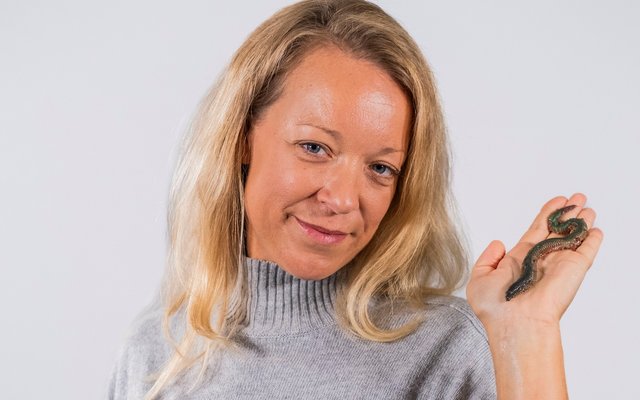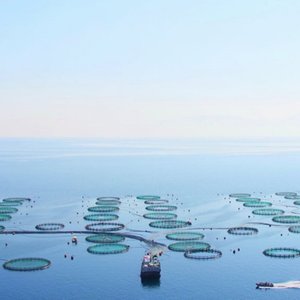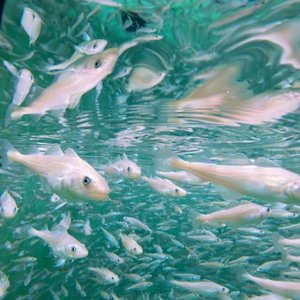Led by researchers at the Scottish Association for Marine Science (SAMS), with funding support from the Sustainable Aquaculture Innovation Centre (SAIC), the initiative could open up a new avenue for seafood producers to deal with waste in a more circular way. Scottish Sea Farms, water technology supplier Power and Water, and waste services company Tradebe are also supporting the research.
While most waste from aquaculture is already recycled, the results of this study could see byproducts being repurposed within the farmed salmon sector, including as a protein-rich feed ingredient.
Water treatment equipment designed and supplied by Power and Water will be used at Scottish Sea Farms’ Barcaldine Hatchery near Oban for the duration of the project. Using an electrochemical process and ultrasound technology, it will first extract excess water from waste matter before the remaining nutrient-rich material is fed to marine worms – or polychaetes – to boost their growth.
A second stage of the research involves assessing the nutritional profile of the worms, including protein and fatty acids, to gauge their suitability as an aquafeed ingredient. Polychaetes are already used in seafood production as a key feed source for shrimp at the breeding stage, and other studies have explored their role in terrestrial animals’ diets. The remaining wastewater will then be filtered further using natural seaweed to absorb any nitrogen and phosphorous.
Georgina Robinson, lead researcher and UKRI Future Leaders Fellow at SAMS, said that “aquaculture waste is not typically considered as valuable as co-products from other sectors, but there is a range of opportunities to be explored that could change that attitude. By taking a circular approach, we can use the co-products to aid the growth of other organisms that will, in turn, benefit the sector as a sustainable feed ingredient. This is the first time the water treatment system has been used for freshwater waste and the results of the project could show huge potential for it to be adopted more widely.”
The final stage of the research includes an assessment of the environmental impact and mitigation of greenhouse gas emissions, with the new approach compared to existing methods of waste disposal. Currently, liquid aquaculture waste is transported and spread to land in rural locations after treatment.
SAMS plans to bring the circular concept to the market under a spinout, called N-ovatio-N, early next year. In October, Georgina Robinson picked up the top prize from The Converge Challenge, which recognizes novel startup and spinout ideas with high commercial potential and scalability. N-ovation-N will receive £50,000 in cash and £20,000 in in-kind business support to drive the company forward in its next phase.
Ewen Leslie, head of freshwater engineering and project lead at Scottish Sea Farms, said that “re-purposing fish waste into valuable by-products is a core part of our day-to-day operations at Barcaldine Hatchery. This new collaboration has the potential to build on this by diversifying and growing the range of by-products that can be delivered.”













